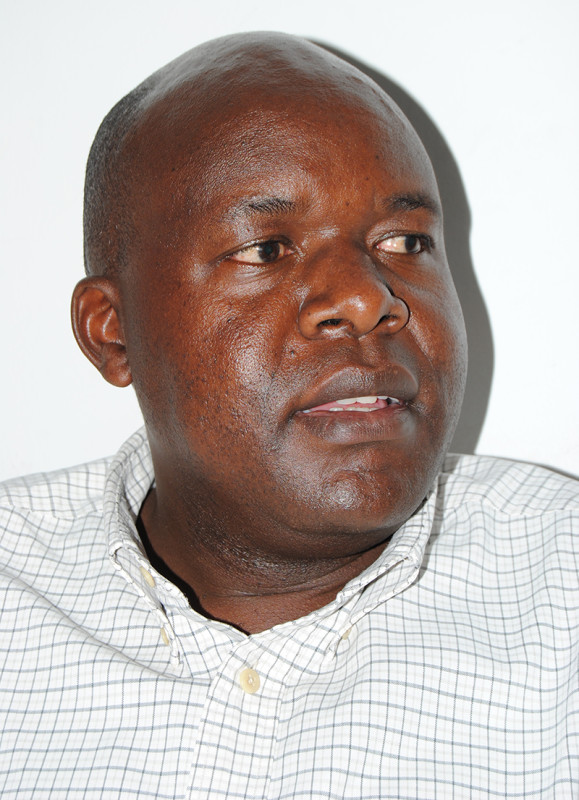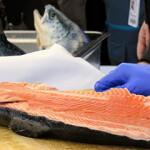Zambian president pushes for fast-tracking of fisheries fund

Zambian President Edgar Lungu has directed the country’s fisheries minister to submit a memorandum on establishing a fisheries and aquaculture development fund in line with Fisheries Act No. 22 – nearly 14 years since it was first introduced.
The fund was initially proposed in 2007 when the Zambian government passed the Fisheries (Amendment) Act that focused on enhancing the involvement of riparian communities in fisheries management. The move was meant to promote the development of the aquaculture sector, according to a report by the World Bank and World Fish Center.
“The fund is to be supported by resources appropriated by government, with 50 percent of funds to be collected from fishing and aquaculture licenses and other fees applicable under the law,” the report said.
However, with Lungu’s intervention, it is expected the establishment of the fund will now be hastened to complement other ongoing initiatives in order to scale up production from both aquaculture and capture fisheries.
Other initiatives in financing the Zambian aquaculture segment include the implementation of a USD 50 million (EUR 41.5 million) Zambia Aquaculture Enterprise Development Project, meant to build institutional capacity for fish, fingerling, and feed production, according to reporting by the Lusaka Times.
The project also provides support to the private sector in developing the aquaculture value chain, including establishing fish feed plants, hatcheries, and freezing and processing facilities.
Since 2017, the government has been intending to expand the fund to support initiatives for scaling up fish production in Zambia to plug the country's estimated 35,000-metric-ton (MT) annual seafood trade deficit.
Zambia’s annual fish consumption was, in 2015, estimated at approximately 130,000 MT, compared to its the yearly production of 95,000 MT. That total was comprised of 20,000 MT from aquaculture – up from 10,520 MT in 2011 – and 75,000 MT from wild-capture fisheries in rivers and lakes.
By 2020, Lungu said aquaculture production had increased to 45,670 MT, “representing 18 percent improvement from the 2019 aquaculture production, which was estimated then at 38,800 MT.”
“This increase between 2011 and 2020 is because my government has put in place a robust program for aquaculture production across the country, ensuring that no one is left behind,” Lungu said.
Photo courtesy of the Zambian Ministry of Foreign Affairs






Share